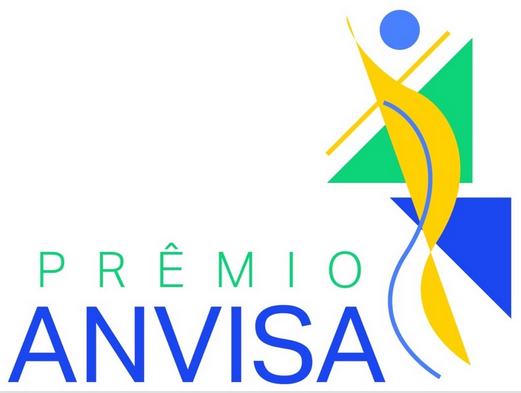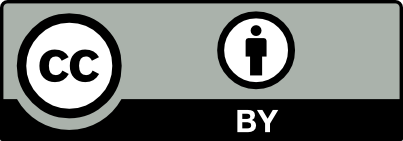Complex vision for a complex form of action
DOI:
https://doi.org/10.3395/vd.v1n1.14Keywords:
Scientific thought, Theory of complexity, Traditional science, RationalismAbstract
This article contains an introduction to the scientifi c approach called “complex thought” that complements the traditional view of science and rationalism, coming from the seventeenth century. The authors show that coexist today several ways of thinking about knowledge production. Also show that the way that production is organized has a lot to do with the very organization of society, economy and labor. For example, the rationalist science has developed from traditional logic of the industrial revolution. Already, complex thinking is fruit of contemporary social changes and relevant scientifi c discoveries in physics, mathematics, biology, cybernetics and social sciences. The text ends by showing that the complex view of science is essential to transform the ways of thinking and acting on health, particularly for surveillance, to train people and for the management of services.
Downloads
Downloads
Published
Issue
Section
License
Copyright (c) 2012 Health Surveillance under Debate: Society, Science & Technology (Vigilância Sanitária em Debate: Sociedade, Ciência & Tecnología) – “Visa em Debate”

This work is licensed under a Creative Commons Attribution-NonCommercial-NoDerivatives 4.0 International License.
COPYRIGHT ALLOWANCE The author (s) hereinafter designated as the ASSIGNOR hereby assign and transfer, free of charge, the ownership of the copyrights related to this ARTICLE to the Vigilância Sanitária em Debate: Sociedade, Ciência & Tecnologia (Health Surveillance under Debate: Society, Science & Technology) – Visa em Debate, represented by FUNDAÇÃO OSWALDO CRUZ, established at Av. Brasil, nº 4365, Manguinhos, Rio de Janeiro, RJ, Brazil, CEP 21045-900, under the conditions set out below: (a) The terms and conditions set forth in this Agreement shall apply to the following: 1. The ASSIGNOR declares that they s(he) is (are) the author (s) and owner (s) of the copyrighted property of the ARTICLE submitted. 2. The ASSIGNOR declares that the ARTICLE does not infringe the copyrights and / or other property rights of third parties, that the disclosure of images (if any) has been authorized and that they s(he) assume(s) full moral and / or property liability for its content, before third parties. 3. THE ASSIGNOR assigns and transfers all copyrights relating to the ARTICLE to the ASSIGNEE, especially the rights of editing, publication, translation into another language and reproduction by any process or technique. The ASSIGNEE becomes the exclusive owner of the rights related to the ARTICLE, and any reproduction, totally or partially, is prohibited in any other means of publicity, printed or electronic, without prior written authorization from the ASSIGNEE. 4. The assignment is free and, therefore, there will be no remuneration for the use of the ARTICLE by the ASSIGNEE.







